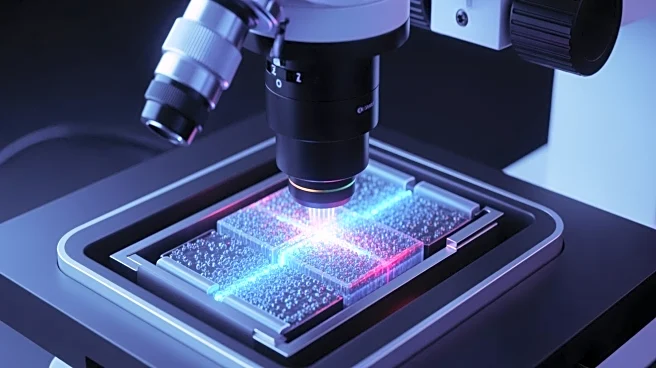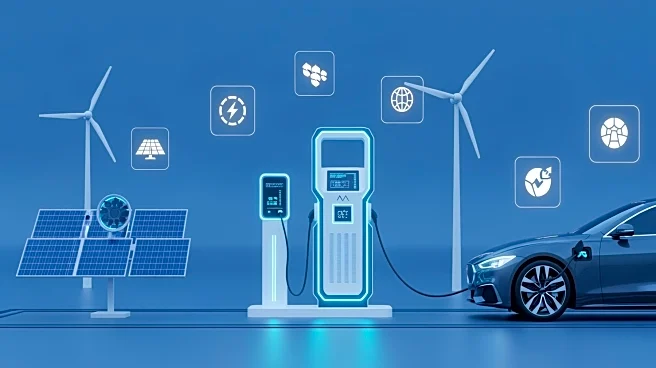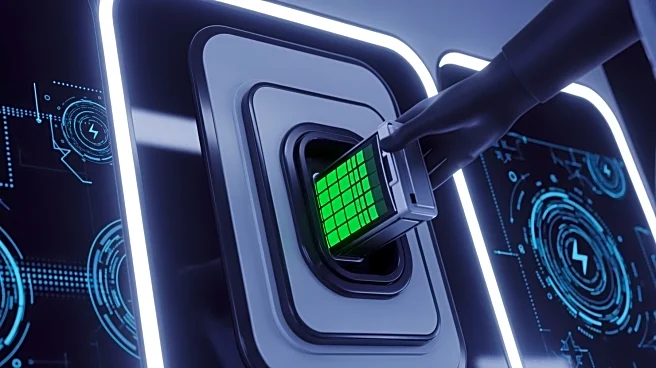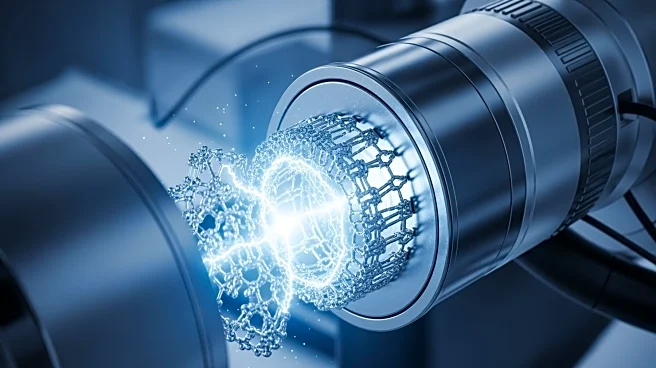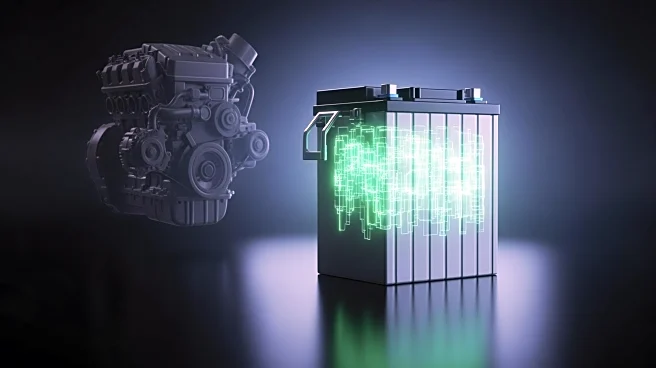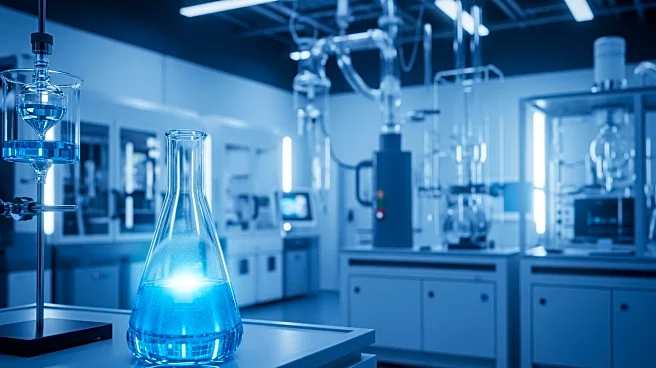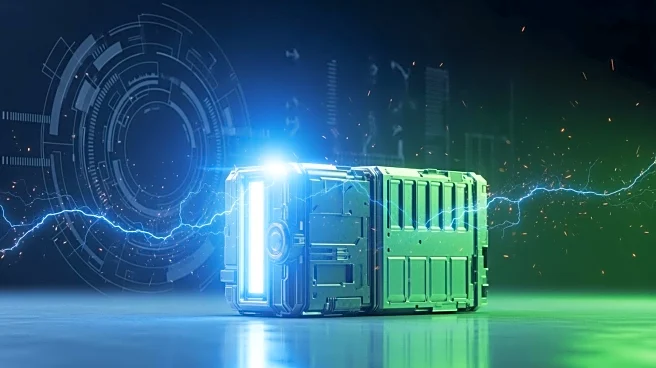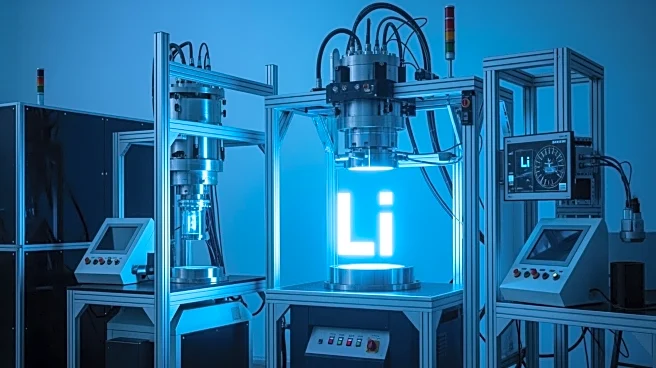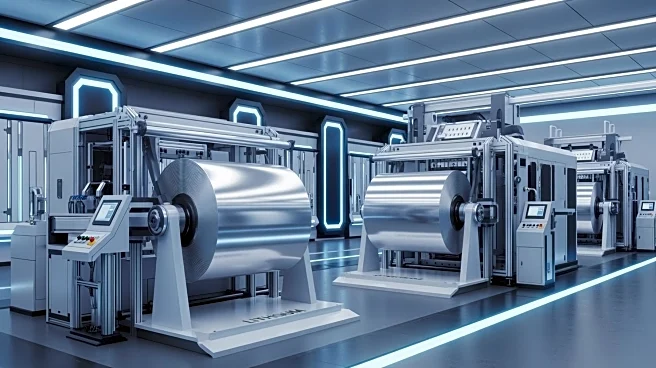What's Happening?
A recent study published in Nature highlights the use of in situ electrochemical transmission electron microscopy (TEM) for characterizing the solid-electrolyte interphase (SEI) in lithium-ion batteries. The SEI is a critical passivation layer that forms
between the anode and electrolyte, influencing battery performance and longevity. The study demonstrates how in situ TEM can provide operando assessments of the SEI's morphology, composition, structure, and electrical properties. This technique allows for real-time observation of the SEI's degradation, which is often caused by long-term operation or calendar aging, and is influenced by its initial physicochemical properties.
Why It's Important?
Understanding the SEI's properties is crucial for improving lithium-ion battery performance, which is vital for various applications, including electric vehicles and portable electronics. The ability to characterize the SEI in real-time using in situ TEM could lead to advancements in battery technology, enhancing energy efficiency and lifespan. This research could drive innovation in battery design and manufacturing, potentially reducing costs and increasing the adoption of sustainable energy solutions. Stakeholders in the energy sector, including manufacturers and consumers, stand to benefit from improved battery technologies.
What's Next?
The findings from this study may prompt further research into the SEI's properties and their impact on battery performance. Future studies could explore the development of new materials and techniques to enhance the SEI's stability and efficiency. Collaboration between academia and industry could accelerate the application of these insights in commercial battery production, leading to more reliable and durable energy storage solutions. The ongoing evolution of battery technology will likely continue to influence the growth of renewable energy and electric transportation sectors.
